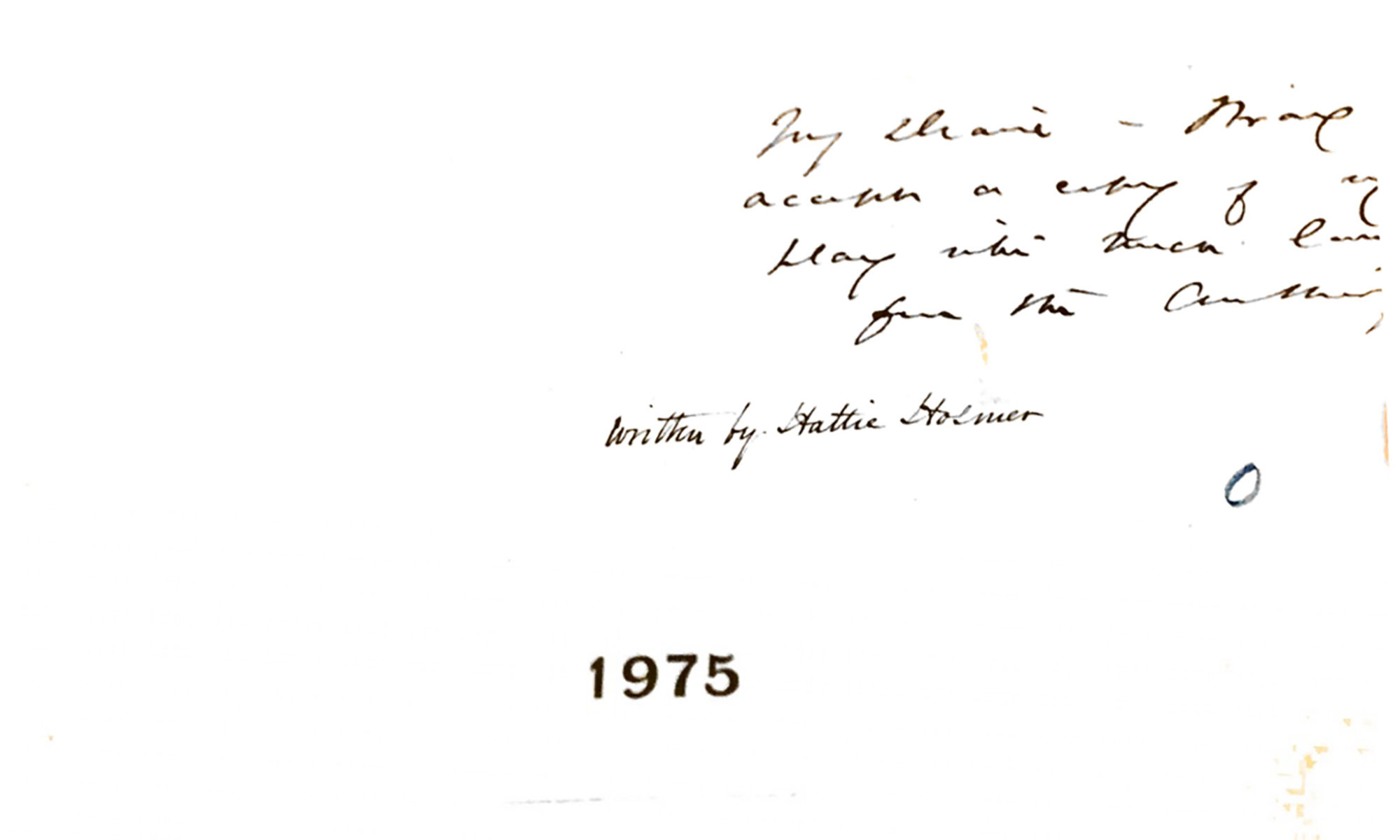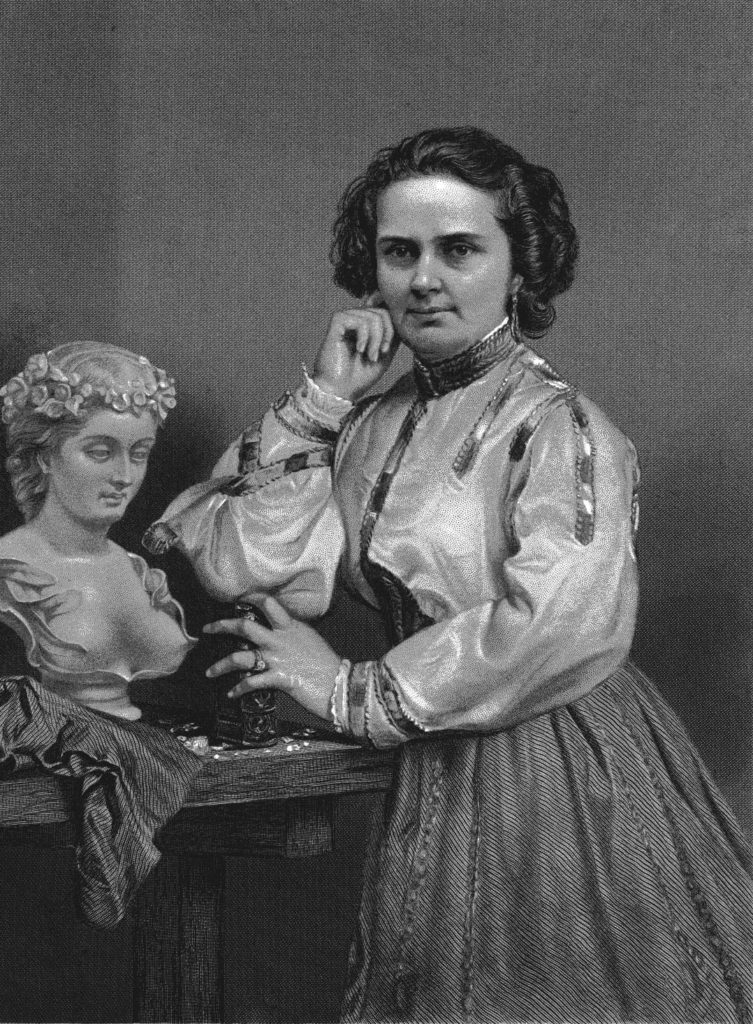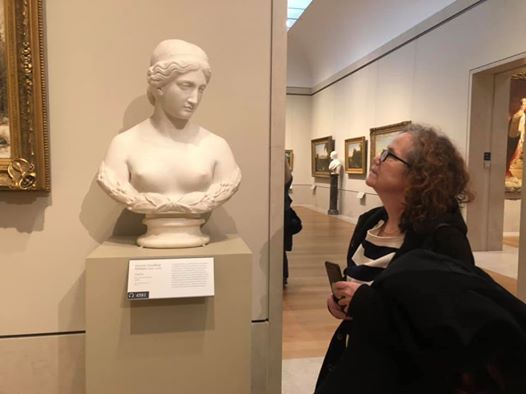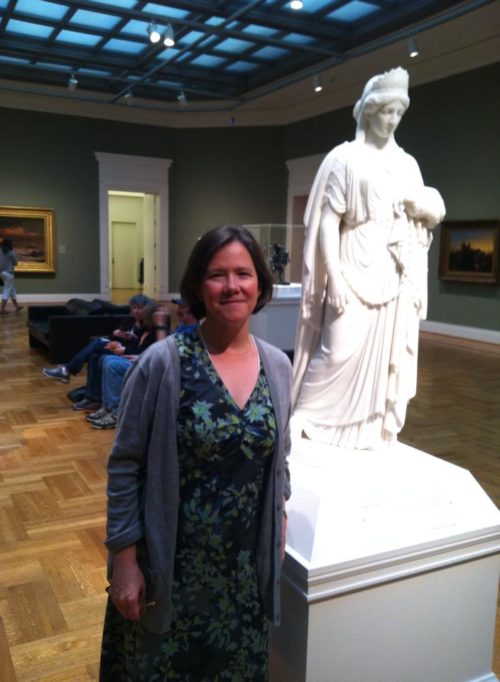“I have sat in silent reverential awe with eyes intent upon the marble face of Harriet Hosmer’s Beatrice Cenci. I have no power to express my hope, my joy, my renewed faith in womanhood. In the accomplishment of that grand work of the sculptor’s chisel, making that cold marble breathe and pulsate, Harriet Hosmer has done more to ennoble and elevate than she could possibly have done by words, it matters not how Godlike,” Susan B. Anthony wrote after seeing Harriet Hosmer’s statue Beatrice Cenci (1857) at the Academy of Design in New York in 1857. Hosmer (1830-1909), born in Watertown, Massachusetts, was one of the first American women to achieve international fame as a sculptor. She had moved to Rome in 1852, joining the community of American and English artists and writers who gathered there in the nineteenth century. After studying with the sculptor John Gibson, she quickly found success with busts and sculptures of powerful women such as Daphne (1853), Medusa (1854), Oenone (1854-55), and Zenobia in Chains (1859). Despite Anthony’s suggestion that she could accomplish more with her chisel than she could with a pen, Hosmer did at times turn to writing, including an article in the December 1864 Atlantic Monthly defending women artists against sexist charges they did not do their own work.
This site is dedicated to her little-known play 1975: A Prophetic Drama, part of a tradition of feminist science fiction that uses time travel to envision worlds in which technology has changed society and women have gained rights and power.
Historian Kate Culkin first encountered this play while doing research on Harriet Hosmer for her book Harriet Hosmer: A Cultural Biography. She is annotating the text. Artist Jody Culkin is creating the animations.
The text of the play is taken from a printed copy in the Anne Hampton Brewster Papers, held at the Library Company of Philadelphia. (The play is now shelved with the book collection). The banner picture is taken from that copy, and we thank the Library Company for permission to use it.
This site currently is an evolving project. Check back regularly to see what we have added to the site.



